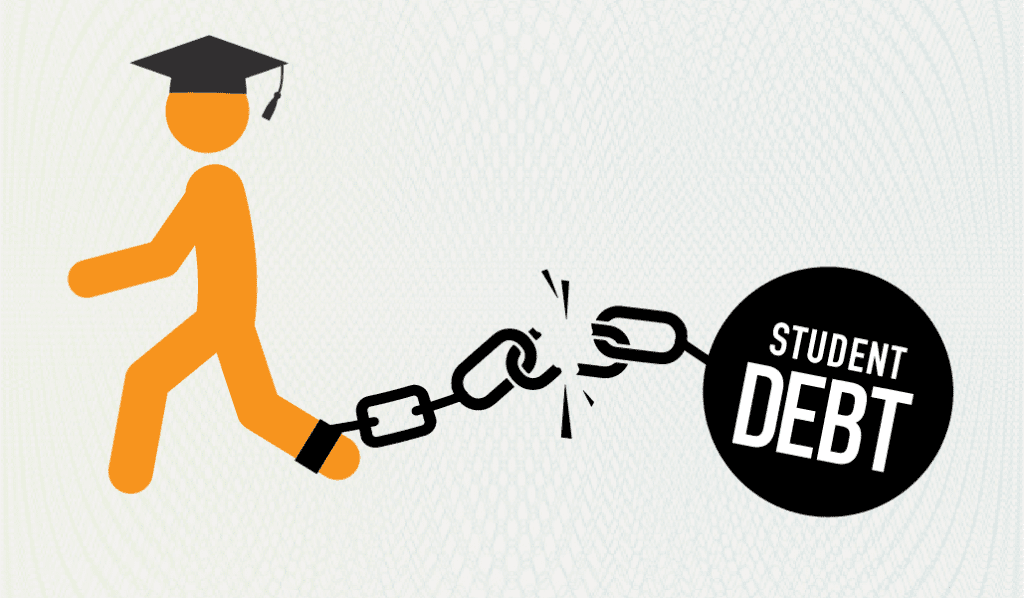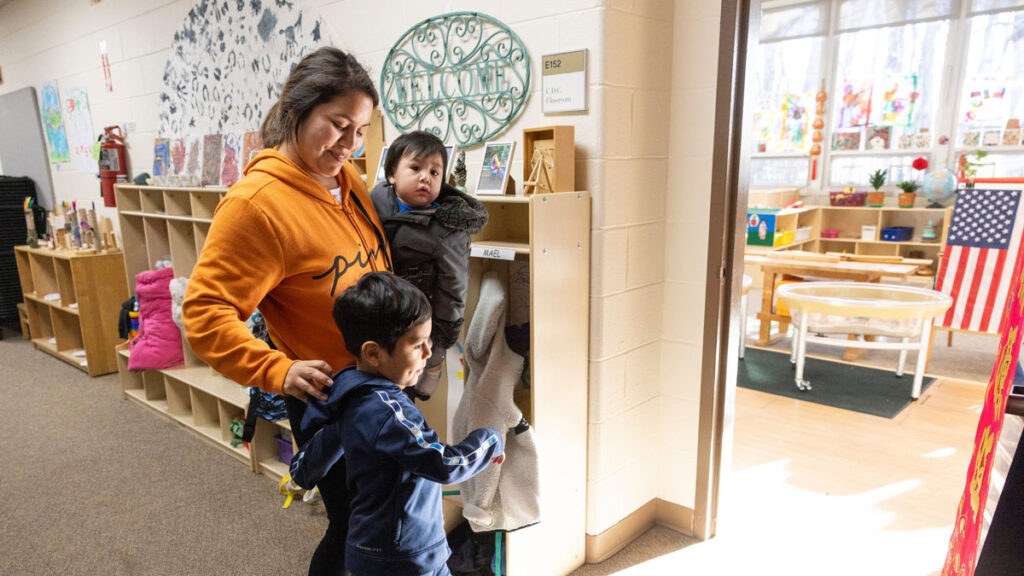After a three-year pause, student loan payments will resume in October. The timeline for payments restarting was part of negotiations for the debt-limit deal that recently was passed by Congress. The deal also prohibits further student loan payment pause extensions. This raises lots of questions about what’s next for borrowers.
The abrupt end to the economic safety net of the payment pause will particularly impact Black borrowers, as well as educators, women, veterans, first responders, and other public service workers nationwide. Restarting payments will force millions of borrowers, many of whom are from low-income backgrounds, into delinquency and default — leaving them with less money to spend on food, healthcare and purchasing a home, or even starting a business.
Data from the Consumer Financial Protection Bureau (CFPB) shows that borrowers are “increasingly likely to struggle and may face difficulties once their monthly student loan payments are reinstated.” Though student debt cancellation was recently struck down by the Supreme Court, the Biden administration has adjusted the Income-Driven Repayment plan (IDR), which canceled debt for more than 800,000 people, and is looking for other ways to bring financial relief to borrowers, such as the SAVE plan, which offers the lowest monthly payments of any IDR plan. .
Meanwhile, for the many Americans already living paycheck to paycheck, saving will become an impossible luxury. This is especially true for borrowers limited by wealth or income, who may have expected to have some or all of their student loan debt canceled — up to $20,000 — but now are relegated to resume payments in a few short weeks.
Opponents of student debt relief claim the program is a government handout, but this argument couldn’t be further from the truth. Our nation’s $1.7 trillion student loan crisis is a real problem, particularly as Americans are still recovering from the pandemic and its economic aftershocks. Combine this with inflation, and people are more cash-strapped than ever. Student loan delinquency rates have risen to 7.1 percent since the start of the pandemic, with rural communities, Black Americans and other people of color being adversely impacted due to lower wages, institutional barriers, and a lack of generational wealth.
8 Ways You Can Prepare for Student Loan Repayment
The Center for Responsible Lending (CRL) commends President Biden for exploring new options to provide relief. In the meantime, here are eight ways borrowers can prepare for repayment:
1. Re-establish communication with your loan servicer
Visit the FSA website or call the Federal Student Aid Information Center at 1-800-433-3243 to find out who your loan servicer is.
2. Beware of scams
Never share any personal details via email. Instead, log in to your FSA account to update information to help protect yourself from scams. If you’re in doubt about whether you’re really communicating with your servicer, call them directly.
3. Ensure your student loan dashboard is accurate and up to date
Log in to your FSA account and check that you’ve provided proof of income and that your loans listed are accurate. If you don’t have an FSA ID, create one at StudentAid.gov. If you need help accessing your account, The U.S. Department of Education (ED) has provided guidance for managing your account.
4. Know which repayment plan is best for you
If you anticipate struggling with your monthly payments, consider an income-driven repayment plan and check your eligibility for other forgiveness programs, such as Public Service Loan Forgiveness (PSLF) or teacher loan forgiveness. Visit StudentAid.gov to view the different types of repayment plans.
5. Maximize the benefits of the IDR account adjustment
Borrowers can receive a one-time account adjustment to increase their progress toward loan cancellation through IDR and PSLF. However, if you have student loans of varying amounts of time in repayment, you’ll need to consolidate your loans.
6. Get a Fresh Start if your student loans are in default
ED has a limited-time Fresh Start program to help borrowers get out of default, return loans to “repayment” status, and remove the record of default from your credit report.
7. Consider holding on to any student loan refund you received
If you made payments on your student loan during the payment pause and requested a refund, you will still be responsible for your full loan balance. But if you’ve set the funds aside, it may help you restart payments.
8. Plan your budget for repayment
ED has a loan simulator to help borrowers understand what plans they may be eligible for, along with estimates for monthly payments and overall cost.
Jaylon Herbin is the director of federal campaigns for the Center for Responsible Lending







